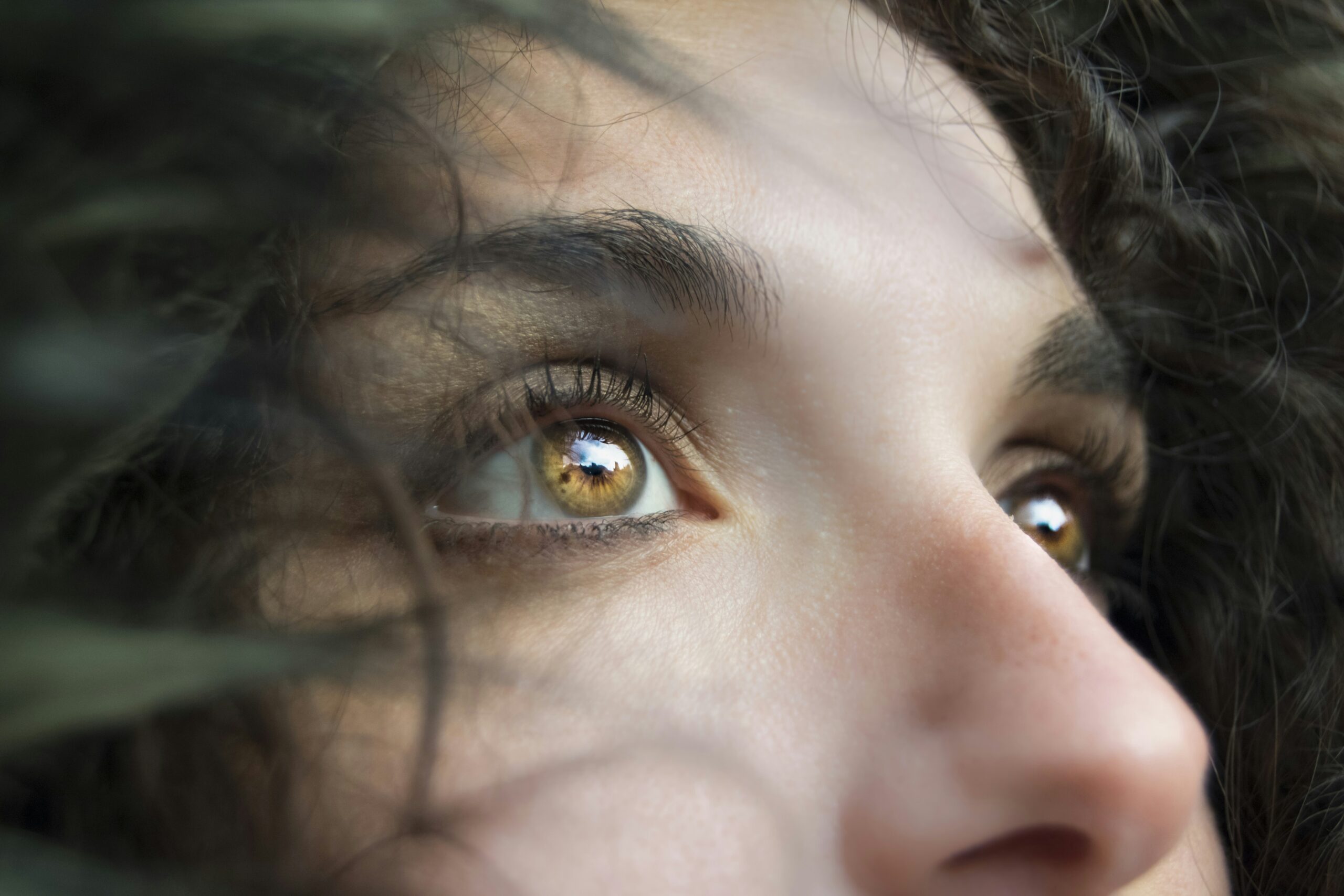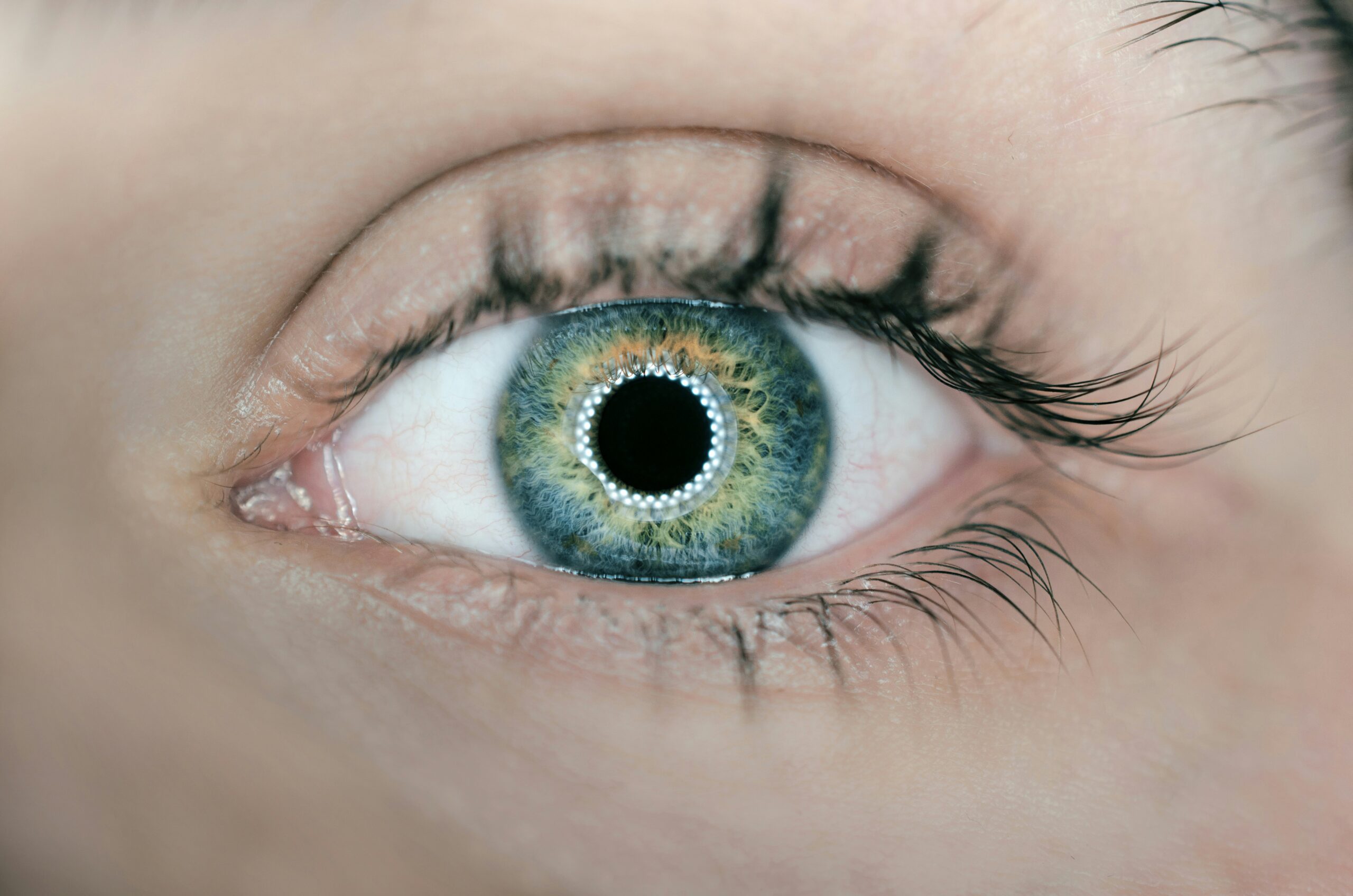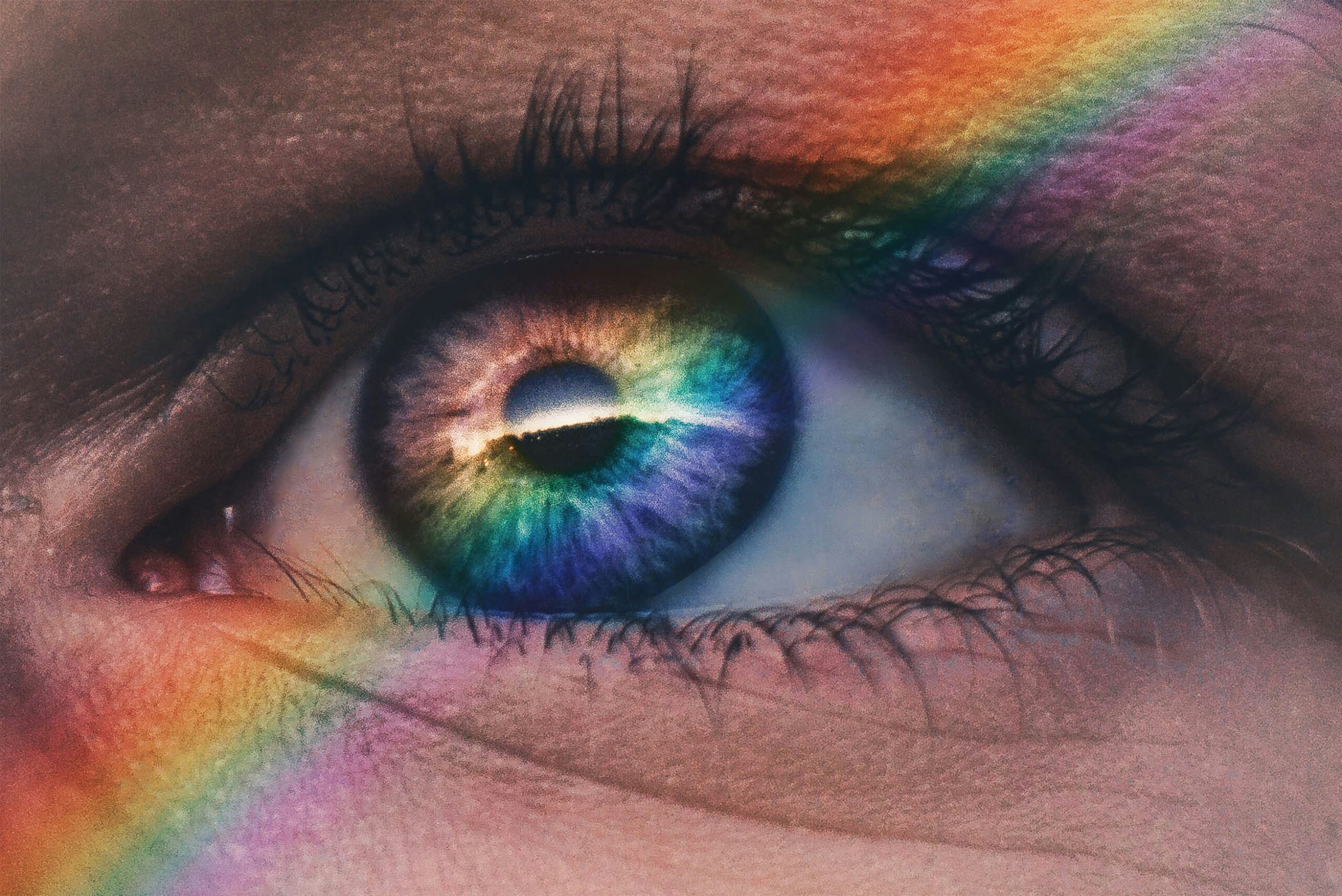Are you an avid birdwatcher searching for the perfect pair of binoculars? If so, understanding how to measure the eye relief of birding binoculars is crucial. Eye relief refers to the distance from the eyepiece to your eye when the entire field of view is visible. It is an important factor to consider to ensure comfort and convenience during long hours of birdwatching. In this article, we will explore different methods to accurately measure the eye relief of birding binoculars, helping you make an informed decision on your next binocular purchase.
Understanding Eye Relief
Definition of eye relief
Eye relief refers to the distance between the eyepiece lens of a binocular and your eye when you have a clear, full view of the entire field of view. It is typically measured in millimeters (mm). Eye relief is an important factor to consider when choosing birding binoculars as it directly affects your comfort and overall viewing experience.
Importance of eye relief in birding binoculars
When birding, it is crucial to have binoculars that provide adequate eye relief. The right amount of eye relief ensures that you can comfortably use binoculars for extended periods without straining your eyes or experiencing discomfort. Insufficient eye relief may lead to a limited field of view, a decreased ability to focus, and even a loss of peripheral vision. Therefore, understanding and considering eye relief is essential for enjoying birding to its fullest.
How eye relief affects your viewing experience
Eye relief has a direct impact on how you see through your binoculars. If the eye relief is too short, you may have difficulty fully seeing the image, especially if you wear glasses. Your eyes may have to be positioned unnaturally close to the eyepieces, causing discomfort. On the other hand, if the eye relief is too long, you may struggle to achieve a full field of view, resulting in an incomplete image. Therefore, finding the right balance of eye relief is crucial for a clear, comfortable, and immersive viewing experience.
Factors Influencing Eye Relief Measurement
Impact of binocular magnification on eye relief
The magnification level of binoculars affects the eye relief measurement. Higher magnification binoculars often offer shorter eye relief. This is partly due to the narrower field of view associated with higher magnifications. Therefore, if you prefer higher magnification binoculars for birding, it is important to consider how this may influence the eye relief and whether it will suit your individual needs.
Role of binocular design in eye relief
The design of the binoculars also plays a significant role in determining the eye relief. Some binocular models may have features such as longer eye relief, adjustable eyecups, or extended eye relief eyepieces specifically designed to accommodate glasses wearers. It is essential to consider these design features when selecting birding binoculars to ensure a comfortable and enjoyable viewing experience.
Influence of individual viewer characteristics on eye relief
Individual viewer characteristics, such as the distance between your eyes (‘interpupillary distance’) and whether you wear glasses, can affect the ideal eye relief measurement for you. People with narrower or wider interpupillary distances may find that certain binocular models with adjustable eyepieces or variable eye relief are more suitable. Similarly, if you wear glasses, choosing binoculars with sufficient eye relief and accommodating designs becomes essential. Taking into account these individual factors will help ensure optimal eye relief for your specific needs.

Tools Needed for Eye Relief Measurement
Usage of a ruler or measuring tape
To measure eye relief accurately, you will need a ruler or measuring tape. These tools will allow you to determine the distance between your eye and the eyepiece lens of the binoculars. Make sure to use a measuring instrument that provides precise millimeter measurements to ensure accurate results.
Need for a steady hand or positioning device
To achieve reliable measurements, it is essential to keep your hand steady or use a positioning device. Any movement while measuring eye relief may lead to inaccurate results. Supporting your hand on a stable surface or using a tripod to position the binoculars can help maintain stability and ensure proper measurements.
Importance of good lighting conditions
Good lighting conditions are crucial when measuring eye relief. Sufficient lighting helps you see the alignment between your eye and the eyepiece clearly. Make sure the area where you are measuring eye relief is well-lit to avoid any measurement errors due to poor visibility.
Steps to Measure Eye Relief
Aligning the binoculars correctly
Start by adjusting the binoculars to suit your own interpupillary distance. Hold the binoculars up to your eyes and adjust the distance between the two barrels until you achieve a single, merged image. Once you have aligned the binoculars correctly, you can proceed with measuring the eye relief.
Calculating the distance between the eyepiece and your eye
With the binoculars aligned, hold the ruler or measuring tape against the eyepiece lens. Position your eye in a way that provides a clear, unobstructed view of the entire field of view. Measure the distance from the eyepiece lens to your eye. This measurement represents the eye relief of your binoculars.
Recording your measurements accurately
After you have obtained the eye relief measurement, make sure to record it accurately for future reference. Note down the distance in millimeters, along with the specific binocular model and any other relevant details. Keeping a record of your measurements can be useful when comparing different binocular models or troubleshooting any eye relief issues that may arise.

Common Errors in Measuring Eye Relief
Mistaking eyepiece diameter for eye relief
One common mistake is confusing the eyepiece diameter with the eye relief measurement. Eyepiece diameter refers to the width of the eyepiece lens, whereas eye relief refers to the distance from your eye to the eyepiece. It is important to differentiate between these two measurements to ensure accurate information about the binocular specifications and your personal comfort.
Incorrect positioning of the eye or binoculars
Another error can occur when your eye or the binoculars are not properly positioned during the measurement. Ensure that your eye is aligned with the eyepiece and that your eye is at the correct distance from the lens. Similarly, make sure the binoculars are stable and correctly adjusted to your interpupillary distance. Any misalignment can result in inaccurate eye relief measurements.
Failure to account for individual viewing needs
Sometimes, individuals overlook their unique needs or fail to consider factors such as glasses wearing or personal viewing preferences when measuring eye relief. It is important to take these factors into account to ensure that the eye relief measurement meets your specific requirements for comfort and optimal viewing.
Choosing Birding Binoculars with Appropriate Eye Relief
Understanding manufacturer’s information on eye relief
When selecting birding binoculars, it is crucial to read and understand the manufacturer’s information regarding eye relief. It usually includes the specified eye relief measurement and may also provide suggestions for individuals wearing glasses. Paying attention to this information will help you determine whether the binoculars are suitable for your needs.
Evaluating customer reviews and expert recommendations
Customer reviews and expert recommendations can offer valuable insights into the eye relief performance of different binocular models. Reading reviews from fellow birding enthusiasts who share similar needs and preferences can provide helpful guidance in finding binoculars with appropriate eye relief. Additionally, consulting experts in the field can provide a deeper understanding of the technical aspects and practical implications of different eye relief measurements.
Balancing eye relief with other binocular features
While eye relief is a critical factor, it is important to consider it in conjunction with other features when choosing birding binoculars. Factors such as magnification, field of view, lens quality, and overall comfort should all be taken into account. Balancing these features ensures that you find binoculars that provide the right combination of eye relief and other benefits for your birding adventures.

Importance of Eye Relief for Glasses Wearers
Additional challenges faced by glasses wearers
Glasses wearers face unique challenges when using binoculars, as the eyepieces may not align properly with their eyes. Without sufficient eye relief, glasses wearers may experience a restricted field of view, smudges on their lenses, or discomfort caused by the glasses touching the eyepieces. Therefore, eye relief is particularly important for glasses wearers to ensure a seamless and comfortable birding experience.
Optimum eye relief measurement for glasses wearers
For glasses wearers, the ideal eye relief measurement varies. A generally recommended eye relief measurement for glasses wearers is around 15-20mm. This allows enough space for your glasses to fit comfortably between your eyes and the eyepieces while maintaining a full field of view. However, individual preferences and the unique design features of certain binocular models may influence the optimal eye relief measurement for glasses wearers.
Special binocular designs for those wearing glasses
Some binocular models come with specialized features to accommodate glasses wearers. These models often have extended eye relief, adjustable eyecups, or even removable eyecups that allow glasses wearers to get even closer to the eyepieces. When choosing birding binoculars as a glasses wearer, it is worth considering these designs to ensure a comfortable fit and an enhanced viewing experience.
Adjusting Eye Relief on Various Binocular Models
Using adjustable eyecups to modify eye relief
Many binocular models offer adjustable eyecups that can be twisted up or down to modify the eye relief. By adjusting the position of the eyecups, you can customize the eye relief to suit your comfort and viewing needs. Eyecups with multiple settings, such as twist-up eyecups with multiple click stops, provide even more flexibility in adjusting the eye relief to achieve an optimal fit.
Role of diopter adjustments in managing eye relief
Diopter adjustments are another feature found in binoculars that can influence eye relief. Diopter adjustments allow you to compensate for any differences in vision between your eyes, ensuring clarity and sharpness in the image. Properly setting the diopter adjustment in relation to your eyes can also impact the eye relief. Take the time to adjust the diopter correctly to enhance your viewing experience and maintain the desired eye relief measurement.
Options for customization in advanced binocular models
Advanced binocular models may offer additional customization options for eye relief. These options can include modular eyecup systems that allow you to switch between different eyecup designs to find the best fit, or interchangeable eyepieces with varying eye relief measurements. If you require specific eye relief measurements or have unique preferences, exploring these advanced binocular models can provide greater flexibility to tailor the eye relief to your personal needs.
Troubleshooting Eye Relief Issues
Dealing with insufficient eye relief
If you find yourself with binoculars that have insufficient eye relief, there are a few potential solutions. You can try using binoculars with adjustable eyecups and extend the eyecups to their maximum position. This may provide a bit of extra distance and alleviate any discomfort or restricted field of view. Alternatively, exploring binoculars with longer eye relief measurements or specialized designs for glasses wearers may be a more suitable solution.
Addressing discomfort or eye strain from incorrect eye relief
If you experience discomfort or eye strain when using binoculars, it may be a result of incorrect eye relief. Double-check that your eye is positioned at the correct distance from the eyepiece and that the eyecups are properly adjusted. If discomfort persists, consider adjusting the eye relief measurement by using binoculars with different specifications, such as longer eye relief or designs specifically tailored to glasses wearers.
Approaches to rectifying measurement errors
Measurement errors can occur when measuring eye relief, leading to inaccurate results. If you suspect an error, remeasure the eye relief, paying close attention to your positioning and the alignment of the binoculars. It can also be helpful to seek assistance from a knowledgeable source or consult manufacturer guidelines to verify your measurements. By ensuring accurate measurements, you can confidently select binoculars that provide the desired eye relief.
Summarizing Key Points on Eye Relief Measurement
Understanding the critical role of correct eye relief
Having the correct eye relief is essential for a comfortable and enjoyable birding experience. It directly affects your ability to see the entire field of view, focus properly, and avoid eye strain. By understanding the importance of eye relief, you can make informed decisions when choosing birding binoculars and enhance your overall viewing pleasure.
Recap of steps to accurately measure binocular eye relief
To measure eye relief accurately, follow these steps:
- Align the binoculars correctly for your interpupillary distance.
- Use a ruler or measuring tape to measure the distance from the eyepiece lens to your eye.
- Record the measurement in millimeters, along with the binocular model and any other relevant details.
Overview of strategies for modifying and troubleshooting eye relief
To modify and troubleshoot eye relief, consider the following strategies:
- Adjust the binoculars’ eyecups to achieve the desired eye relief measurement.
- Use diopter adjustments to optimize clarity and sharpness.
- Explore binocular models with extended eye relief or specialized designs for glasses wearers.
- Troubleshoot any discomfort or eye strain by confirming correct positioning and, if necessary, exploring different binocular specifications.
By understanding how to measure eye relief accurately and applying strategies for modifying and troubleshooting, you can ensure a customized and comfortable viewing experience with your birding binoculars.
